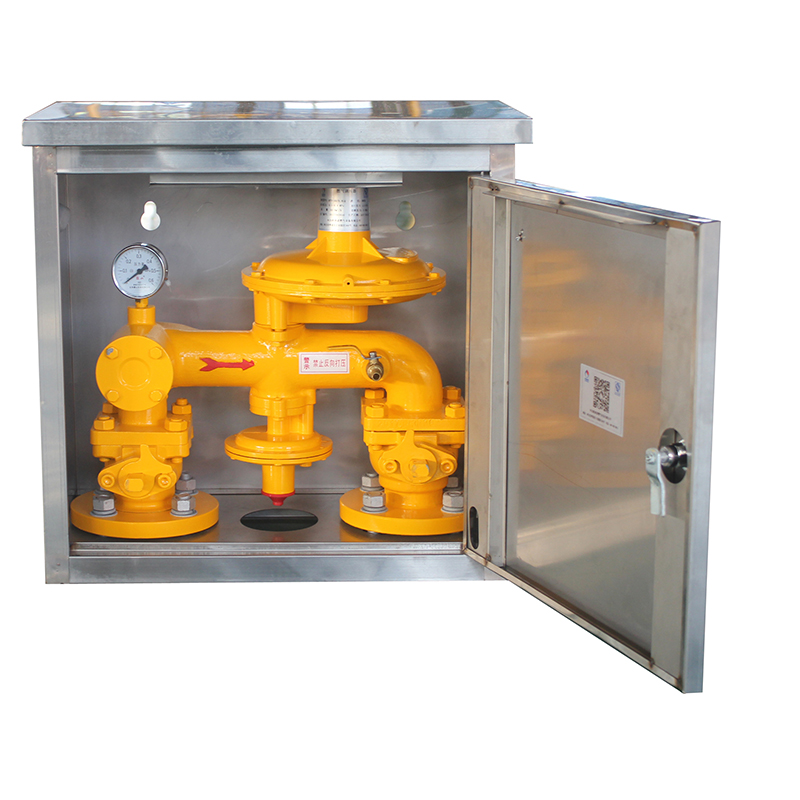
Dec . 20, 2024 17:02
Back to list
Gas Pressure Vessel Design and Safety Considerations for Efficient Storage Solutions
Understanding Gas Pressure Vessels An Overview
Gas pressure vessels, also known as gas storage tanks, are essential components in various industrial applications. They are designed to safely store gases under pressure, which can be critical in processes ranging from energy generation to chemical production. Understanding the design, function, safety measures, and regulatory considerations of these vessels is crucial for anyone involved in fields that utilize compressed gases.
Design and Construction
Gas pressure vessels are typically crafted from materials that can withstand high pressures and resist corrosion. Steel is a common choice due to its strength and durability. The construction process of these vessels involves careful engineering to ensure they can handle the pressures they will experience during operation. Standard designs include cylindrical shapes, which are known for their ability to evenly distribute stress, thus reducing the risk of failure.
The design of a gas pressure vessel must also account for the type of gas being stored. Different gases exhibit varying properties; for example, some may be corrosive, necessitating special coatings or linings, while others might be flammable, requiring additional safety features. Additionally, the maximum allowable working pressure (MAWP) is determined during the design phase to prevent exceeding safe operational limits.
Functionality
.
In energy applications, for instance, gas pressure vessels can store gases that are crucial for generating power, such as natural gas or hydrogen. In the chemical industry, these vessels may be used to facilitate reactions that occur at elevated pressures, thereby increasing efficiency and yield.
وعاء ضغط الغاز

Safety Measures
Safety is a paramount concern when dealing with gas pressure vessels. The hazards associated with pressurized gases include explosions, leaks, and toxic exposures. To mitigate these risks, several safety measures are implemented. Regular inspections are essential to identify wear and tear that could compromise the vessel's integrity. Pressure relief valves are also installed to prevent over-pressurization, ensuring that any excess pressure can be safely released.
Moreover, operators must be trained to handle emergencies, including gas leaks, which could have serious consequences. Emergency response plans are crucial for quickly addressing any potential incidents.
Regulatory Considerations
The operation and maintenance of gas pressure vessels are governed by various regulatory frameworks, which vary from one region to another. In the United States, for instance, the American Society of Mechanical Engineers (ASME) establishes codes and standards for pressure vessels, ensuring they meet safety guidelines. Compliance with these standards is not only a legal requirement but also a best practice for minimizing risk.
Routine maintenance and testing are often mandated by regulations, ensuring that pressure vessels remain safe throughout their operational lifespan. Documentation of inspections and maintenance activities is also critical, as it provides a historical record that can be valuable in the event of an incident.
Conclusion
Gas pressure vessels play a critical role in various industrial applications, offering safe and efficient storage of pressurized gases. Understanding their design, functionality, safety measures, and regulatory requirements is essential for anyone involved in industries that utilize these vessels. As technology advances and safety standards evolve, ongoing education and adherence to best practices will continue to be vital in managing the risks associated with gas pressure vessels, ensuring both operational efficiency and safety.
Next:
Latest news
-
Safety Valve Spring-Loaded Design Overpressure ProtectionNewsJul.25,2025
-
Precision Voltage Regulator AC5 Accuracy Grade PerformanceNewsJul.25,2025
-
Natural Gas Pressure Regulating Skid Industrial Pipeline ApplicationsNewsJul.25,2025
-
Natural Gas Filter Stainless Steel Mesh Element DesignNewsJul.25,2025
-
Gas Pressure Regulator Valve Direct-Acting Spring-Loaded DesignNewsJul.25,2025
-
Decompression Equipment Multi-Stage Heat Exchange System DesignNewsJul.25,2025

